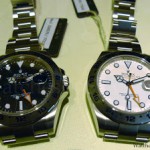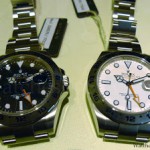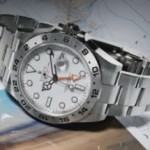Rolex Ventures Into Cutting-Edge Atomic Timekeeping
With Rolex Quantum SA in Neuchâtel.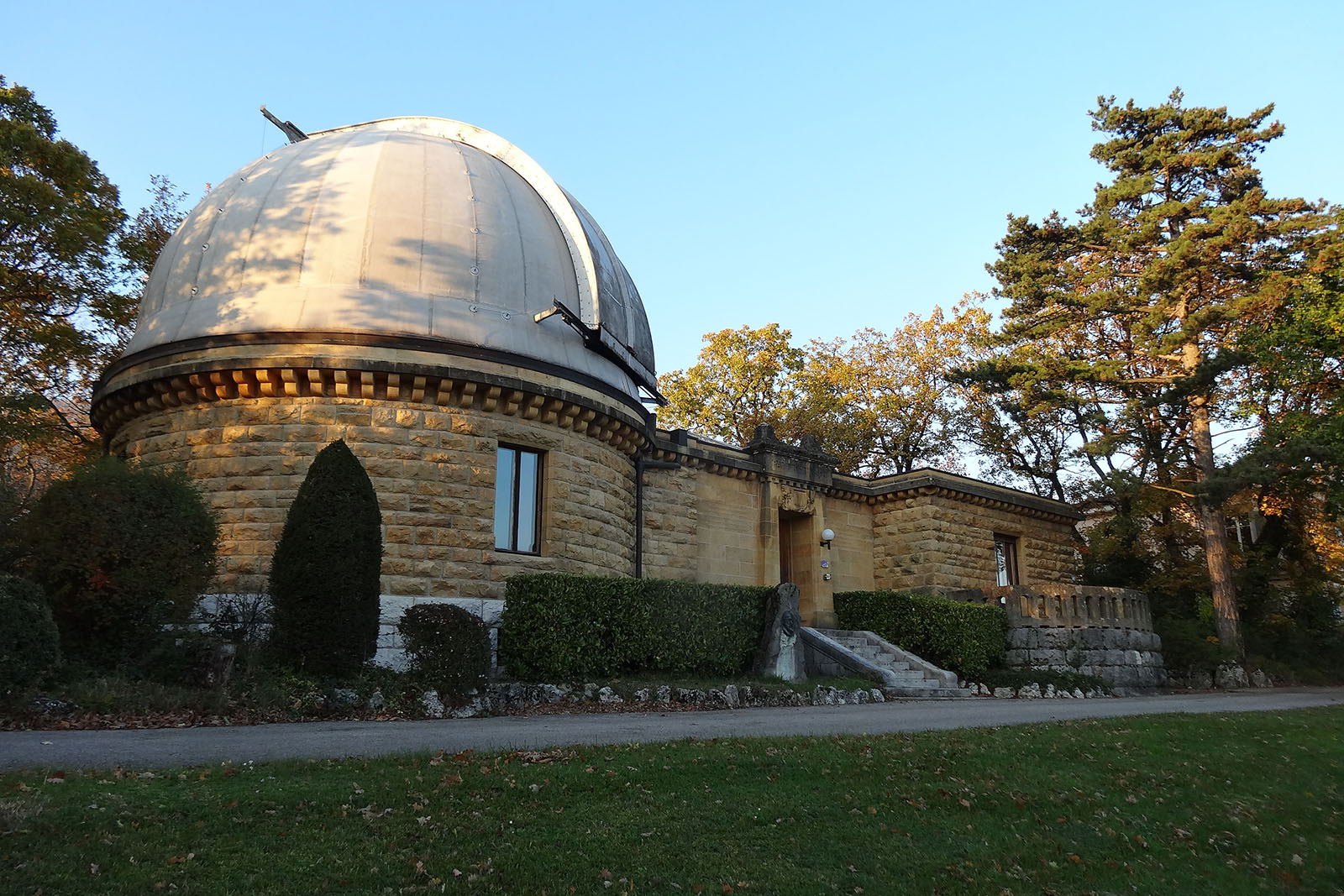
In a surprising move from the conservative watchmaker, Rolex has quietly set up Rolex Quantum SA, a new entity dedicated to atomic timekeeping, the most precise form of timekeeping ever invented by man.
Rolex chief executive Jean-Frederic Dufour will sit on the board of Rolex Quantum, with engineer Fabien Droz serving as director of the venture. With Rolex Quantum, the watchmaker plans to develop and sell atomic clocks, conceivably for industrial or scientific purposes. Being somewhat removed from the core Rolex offering of wristwatches, the atomic clocks will be developed separate from the main Rolex brand.
The new venture strengthens the brand’s ties with CSEM (Swiss Center for Electronics and Microtechnology), the Swiss technical institute most famous in watchmaking for having developing silicon component for watch movements. The venture will benefit from Rolex’ broad industrial research and development capabilities, while also leveraging CSEM’s experience with atomic timekeeping.
The establishment of Rolex Quantum was first reported by Swiss newspaper Arcinfo.
Neuchâtel timing
Despite the cutting edge nature of its work, Rolex Quantum will be located on historic grounds, namely on the same street as the Neuchâtel Observatory, which is current home to CSEM’s atomic timekeeping laboratory.
The location also has historical resonance as the city has long played a role in watchmaking and chronometry over the years. Abraham-Louis Breguet was born there and the observatory was instrumental in chronometry trials. The fact that Rolex Quantum will develop the next generation of ultra-accurate atomic clocks on the same block as the storied Observatoire Astronomique et Chronometrique de Neuchâtel is fitting.
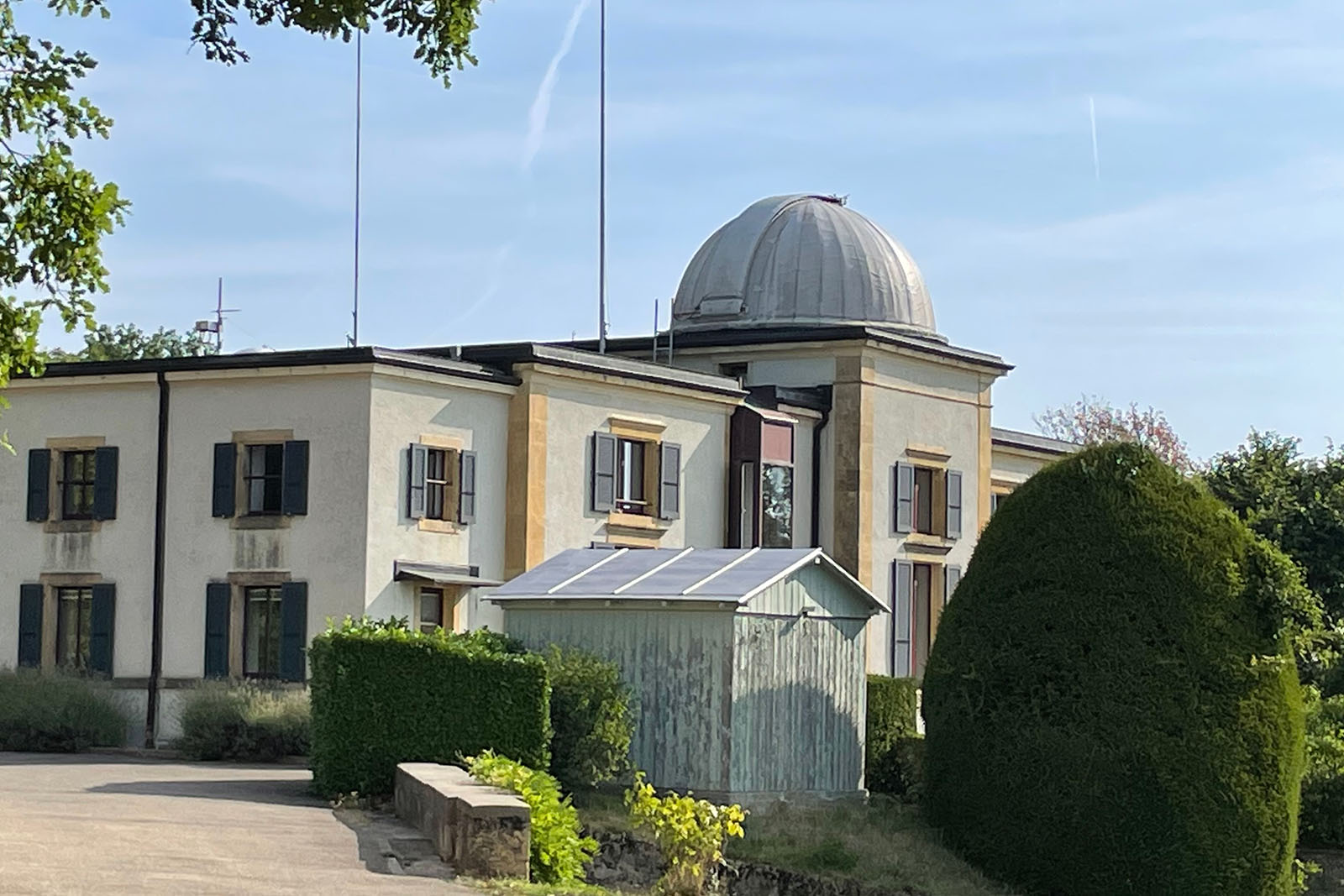
As for the actual products that will be developed there, Rolex remains elusive when it comes to details. Judging by the corporate organisation and the lack of publicity, a reasonable assessment is that Rolex will build industrial-grade atomic clocks, meant for scientific and metrology purposes. The resulting products probably won’t be available to the public, unlike say the AMC from Urwerk.
Judging by papers presented last year at a scientific convention, Rolex together with CSEM developed a new system of master atomic clocks, prototypes of which were tested with the help of METAS. The Rolex timescale system was built to incorporate a new Rolex Rubidium Optical Atomic Clock. The entire development is centred around rubidium-based atomic timekeeping, which so far has proved even more stable than caesium atomic clocks.
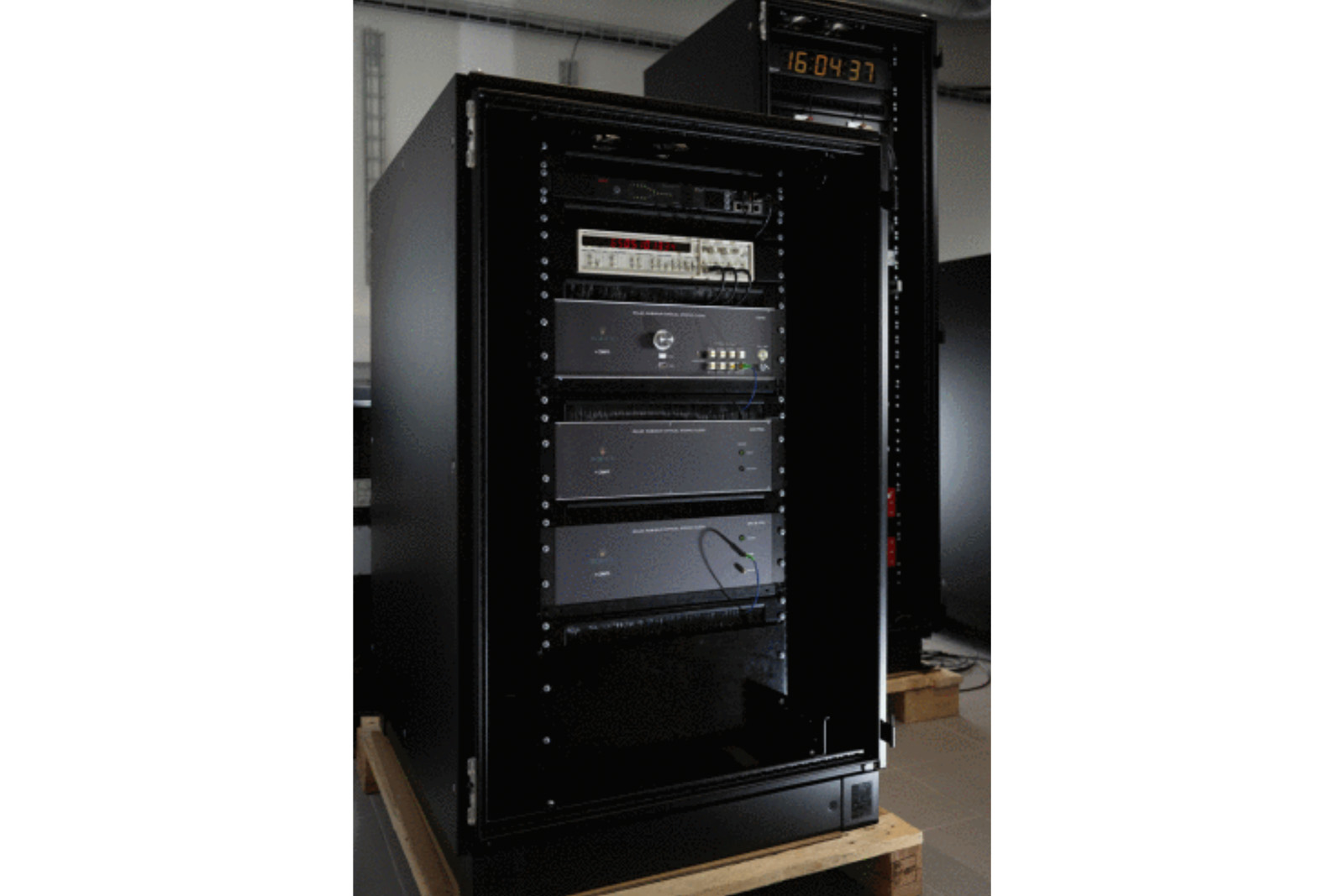
Image of the prototype clock extracted from the paper “Development of a High-Performance and Swiss Based Rolex Timescale System Including a Unique Optical Atomic Clock”
The prototypes were set up at two Rolex sites (Geneva and Bienne) and served as master clocks for its internal timebase. Each prototype device stands about 19 in tall (or about 48 cm) and runs for 24-7. One paper suggests the prototypes deviated by less than 300 picoseconds (one picosecond is one trillionth of a second) after one week.
The creation of Rolex Quantum suggests that the trials were successful and Rolex sees an opening in the niche market of atomic timekeepers.
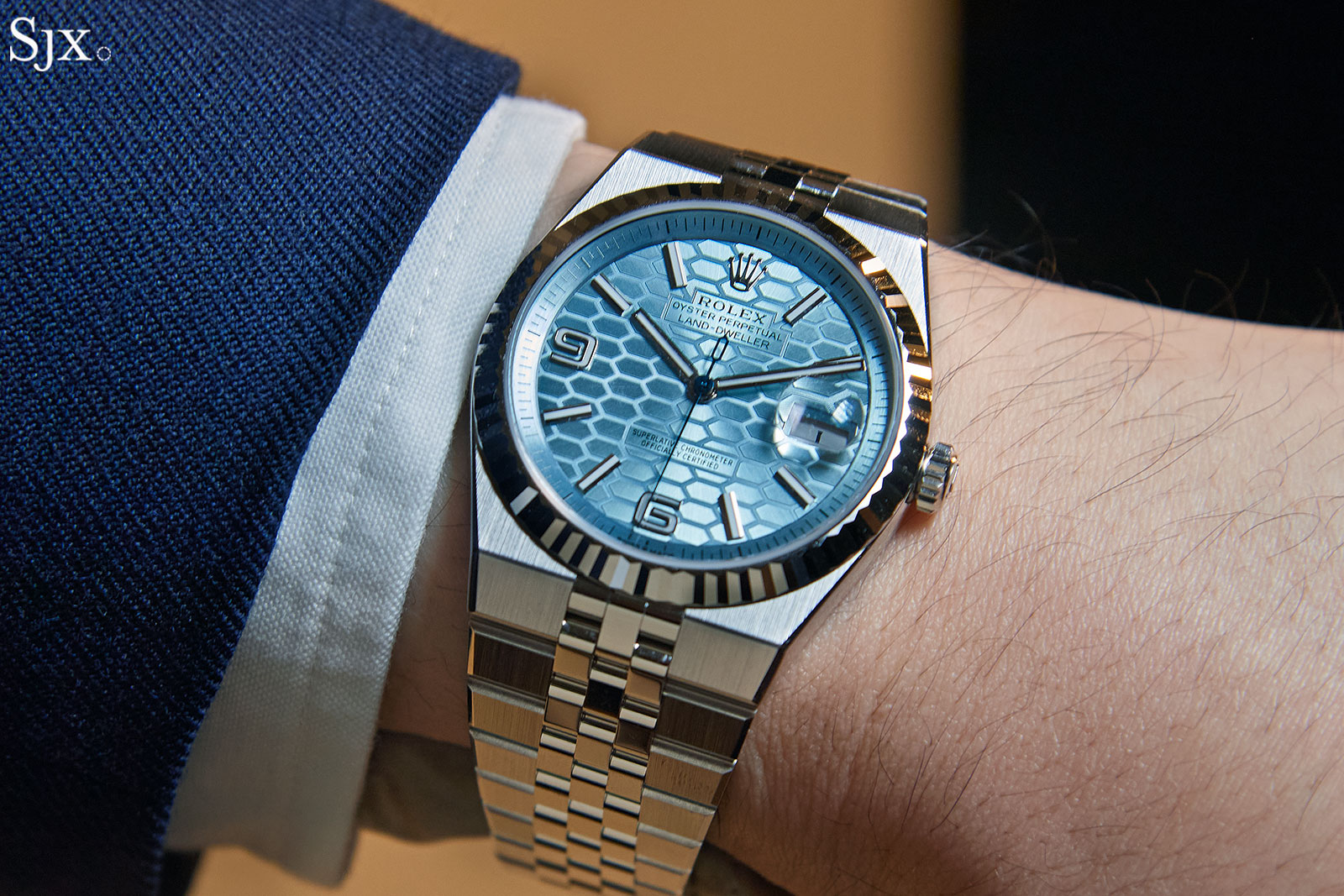
Though seemingly unusual for Rolex, the atomic timekeeping venture is in keeping with recent moves at the brand, which has been quietly expanding in substantial ways. The expansion of the watchmaking powerhouse can be taken as a proof of the brand’s resilience and long term strategy.
The brand is the majority owner of movement maker Kenissi – which is also essentially the Tudor manufacture – and continues to grow and consolidate its operations across Switzerland, most recently with a production facility at Bulle. The same holds true even in terms of product. Rolex took a major step forward in wristwatch timekeeping with the modern, forward-thinking Land-Dweller earlier this year.
Back to top.


